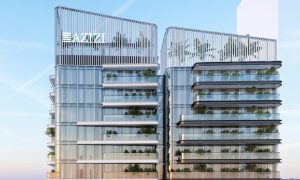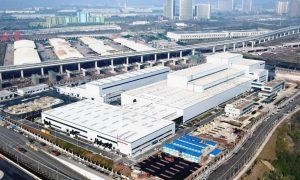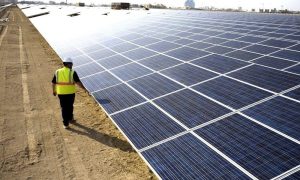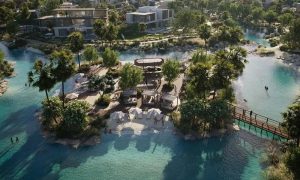The planning and design of resilient ports
Decarbonising the maritime shipping industry is a complex challenge, requiring concerted efforts by key industry actors writes Buro Happold’s Fabien Jean Pierre Loy
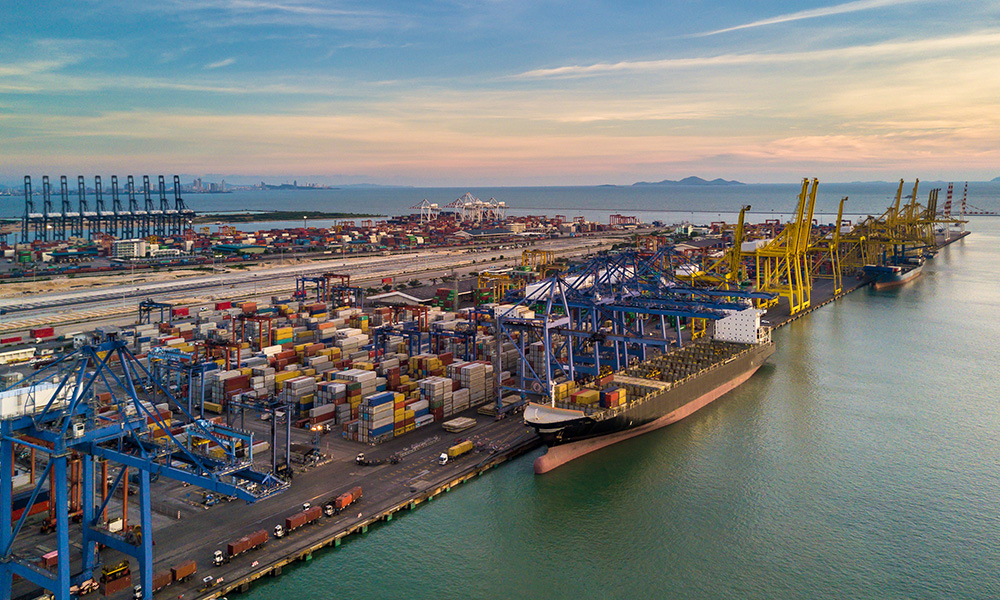
Ports are essential assets facilitating the movement of commodities through the supply chain. Maritime transport has been shaping modern global economy, and recent events across the globe often remind us how reliant we are on ports and global trade routes.
Big Project ME’s Critical Infrastructure Summit which recently took place in Dubai was a fantastic opportunity to engage on the topic of resilient ports and cities in the Middle East. By definition, port resilience is the ability to maintain an acceptable level of service in the face of disruptions (e.g. pandemics, natural disasters and cyber or terrorist attacks).
This concept is illustrated in the figure and can be estimated by considering the time to recovery (TTR). For people affected by recent flooding events, TTR corresponds to the time a certain road or a metro station took to reopen for instance. As authorities respond as quickly as possible, their capacity is linked with parameters such as planning, agility, communication, etc. A port’s focus is to be able to handle an average traffic level and to maintain the associated revenue level.
How can port infrastructure be more efficient in terms of delivery and operations?
As engineers our duty is to help de-risk projects and operations for our clients. One of the key strengths of Buro Happold (BH) design teams is to capture the site conditions in detail, highlight risks and opportunities, and improve project performance by eliminating those potential future delays.
Extreme weather events due to climate change are likely to become more frequent and more intense with a risk to damage port infrastructure. In our marine projects, I work with our sustainability and infrastructure experts to factor in climate change and sea level rise in the design process. On strategies and large-scale masterplans, I get involved with our transport and strategic planning teams to assess how ports and infrastructure networks perform at present day and in future by modelling various throughputs, populations, disruption events, to demonstrate that back-ups are in place with multiple sources of supply and alternative modes of transport available.
To increase efficiency, Middle East ports look to embrace digitalisation for applications such as security, utilities metering, logistics, emissions tracking, etc. Port operations and asset management have benefited from the development of accurate 3D BIM models over the last decade, and more recently of the emergence of digital twins, which facilitate monitoring activities and the integration of smart systems.
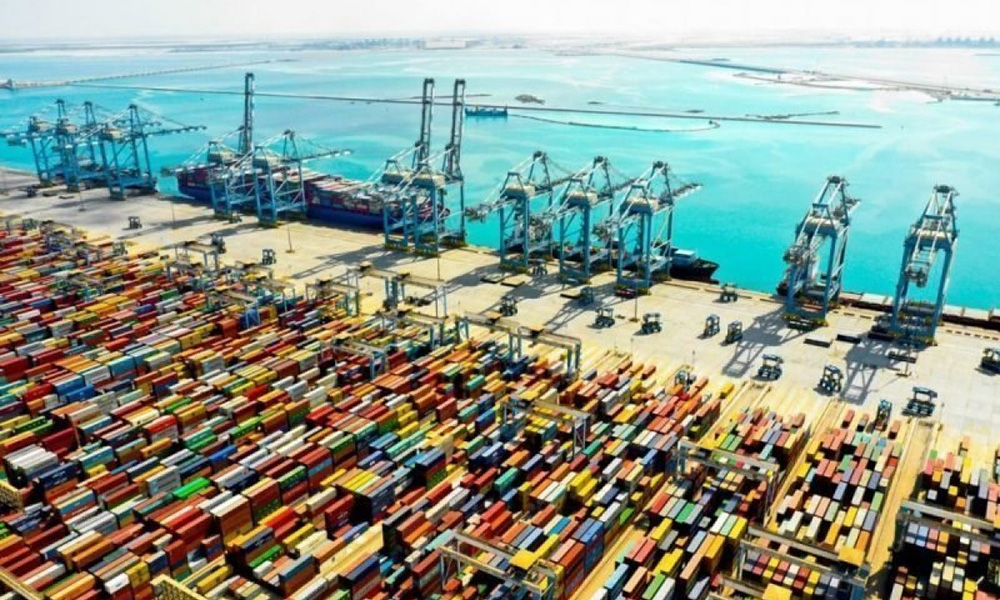
How can ports be designed and managed more sustainably?
In recent years, I have helped authorities and developers integrate requirements for nature-based solutions, regenerative design and lifecycle assessment in their ambitious new directives. The objective is to guide and incentivise designers, developers, and operators to follow best practice on sustainable design and environmental planning.
BH’s advisory team helps policymakers and investors develop tailored solutions to match national and regional objectives on topics such as renewable energy, sustainable infrastructure, biodiversity conservation and emission reductions. This work can be linked with the emerging trend of ‘Green Ports’ which represents ports’ efforts to become environmentally aware in their operations with eco-friendly practices in mind.
Speaking to other panellists, we agreed that stakeholder engagement is paramount for the success of sustainability initiatives and large-scale infrastructure projects. Actors forming part of the port resilience ecosystem can be split across three categories: port level (authority, operators), carrier’s level (shipping lines, rail, trucks), and other stakeholders.
How are ports aiming to deliver on Net Zero Goals?
More than 3% of global greenhouse gas (GHG) emissions caused by human activities are attributed to the shipping sector. With the world’s trade demand increasing, those emissions are also likely to keep growing if no further measures are taken. The International Maritime Organisation (IMO) coordinates all stakeholders’ efforts towards GHG emissions reductions targets: at least 20% by 2030 and Net Zero emissions around 2050.
At a regional scale, Middle East port operators align with the national targets (UAE Net Zero by 2050 and KSA Net Zero by 2060) as well as the United Nations Sustainable Development Goals. For example, on the expansion of Khalifa Port, Abu Dhabi Ports Group identified key opportunities such as the installation of solar panels, replacement of cement with GGBS and shore to ship power.
BH energy team are presently working with the Port of Aberdeen (UK) in a Demonstrator Project to cut 80% of vessel emissions at berth. Key focus is on shore power solutions and green energy generation on site to significantly reduce gas emissions and enhance air quality.
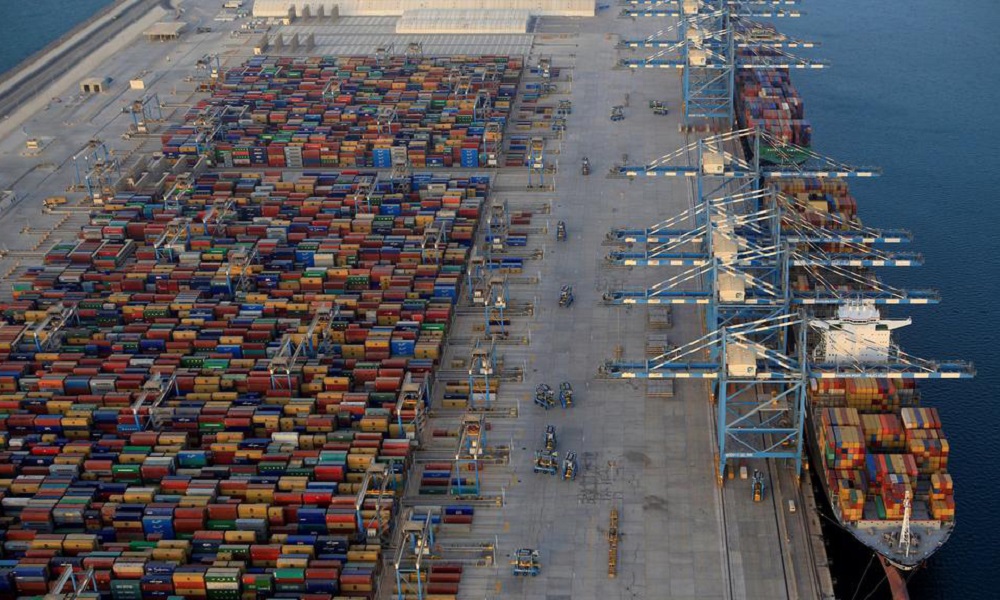
To fully decarbonise their fleet, shipowners need to rethink their fuel choices. A range of technologies exist to meet IMO ambitions, those future marine fuels include LNG, LPG, Methanol, Biofuels, SNG, Hydrogen, Ammonia. Shipping companies such as Maersk have been advocating for a stronger regulatory framework. The Ane Maersk, large container ship which recently visited Jebel Ali Port can sail up to 23,000 nautical miles (41,400km) thanks to its dual fuel type engine.
Conclusion
The OECD forecasts a tripling of global freight demand by 2050, with maritime trade potentially exceeding 120,000 billion tonne-miles. The overall shipping demand is not expected to slow down, which makes today’s challenges more pressing. Changes to the supply chain could be considered to reduce volume of import trade in the region. Local production would add more resilience to ME countries and generate more profit to the local economy.
Decarbonising the maritime shipping industry is a complex challenge, requiring concerted efforts by key industry actors. National and international authorities are making progress towards a more sustainable future, driven by a combination of regulatory pressure, market forces, and environmental awareness. Consultants have a key role to play in advising clients, developing practical solutions and de-risking projects.


